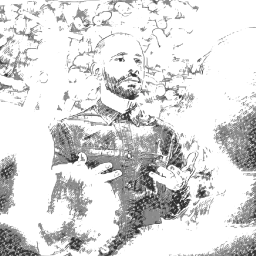Content
Random Featured
Featured
article
Latest Content
Latest
article
audio
audio
marginalium
marginalium
Recent Missives
Missives
July 11, 2025
Last Newsletter
Navigating Moral Terrain: the ETHIC Stack and other thingsDecember 1, 2025
Last Changelog
Since I quit writing weekly articles in July, and went back to my monthly ones, I have been much more pleased with the quality of my work.
I wrote my ETHIC Stack up properly, rather than resorting to AI. I also used it to improve the ethical decision-making model [we developed at RMA Sandhurst. Now, altogether, this work forms the core of the Ethical Leadership module I run at Sandhurst.
I also re-wrote my motivation articles, because those two have become a core part of my leadership content at Sandhurst.
I’ve had another go at explaining why AI seems so familiar, and yet so alien to us, and this will also almost certainly become part of my teaching as I begin a project of integrating AI into the leadership programme at Sandhurst.
Just six months off forcing shit articles out every week, and look how much has been done!
But the more exciting news is that I’m finally testing the waters with the podcast. I’ve got two now: Stress is Good and Men aren’t from Mars. I’ll share more when I’m ready to launch it properly, but it’s experimental for now. See what you think.
